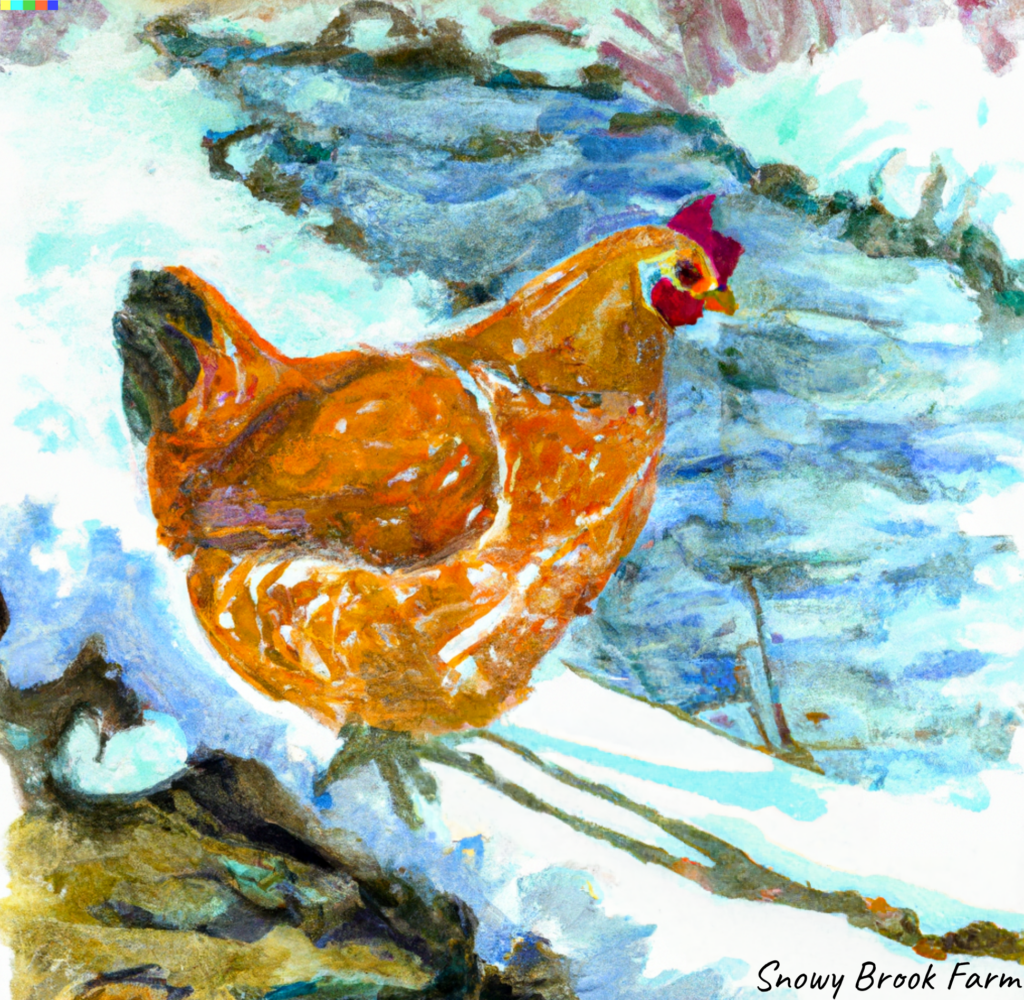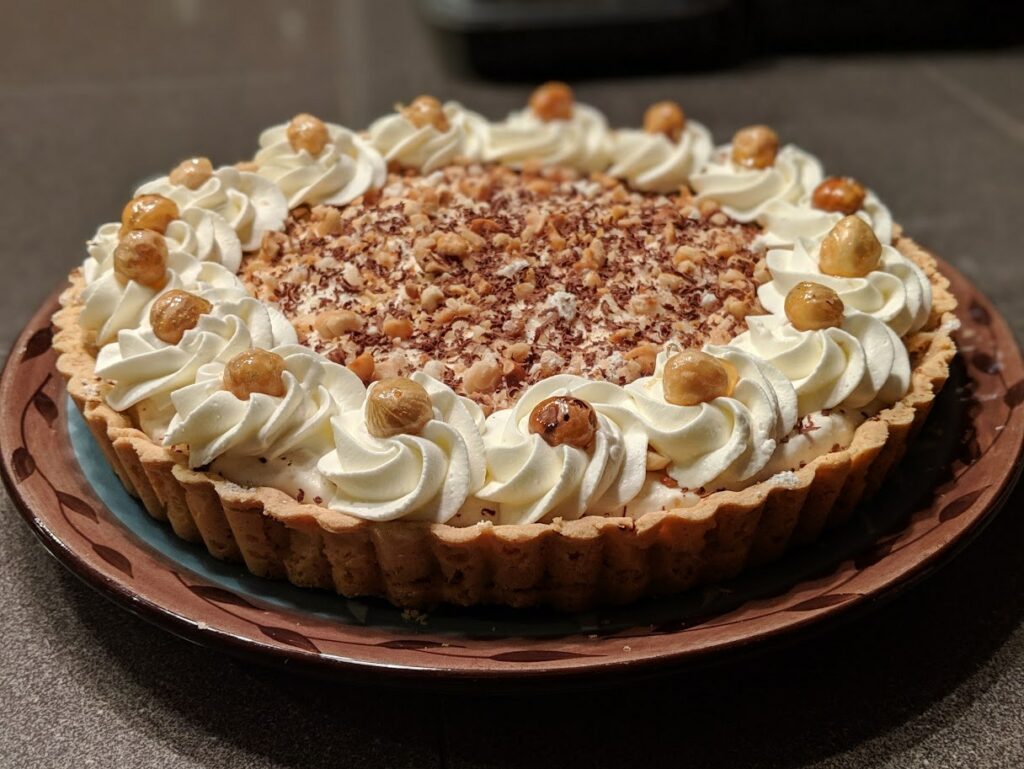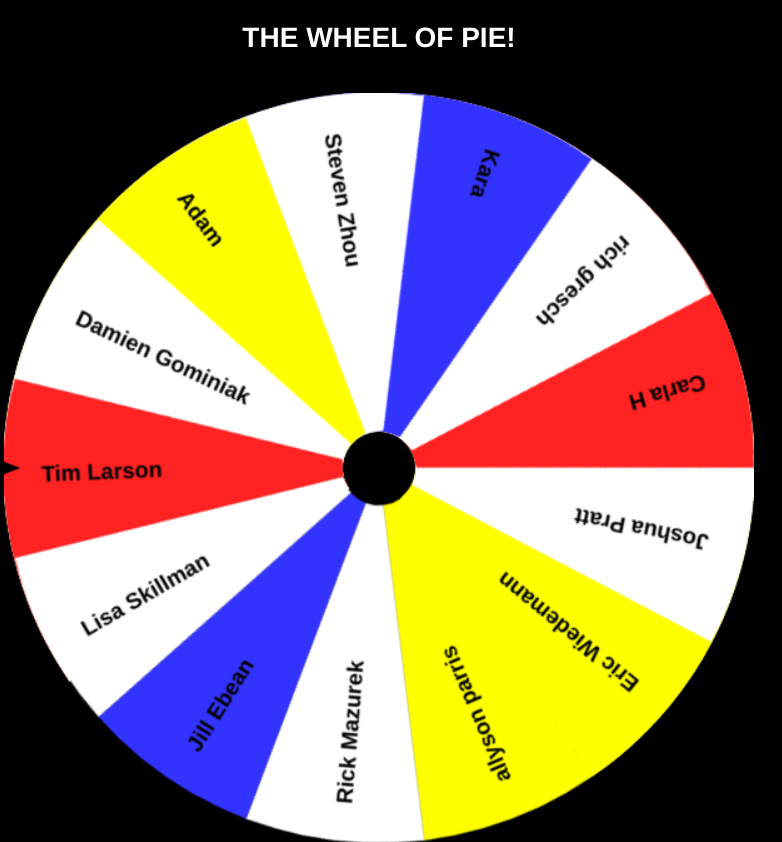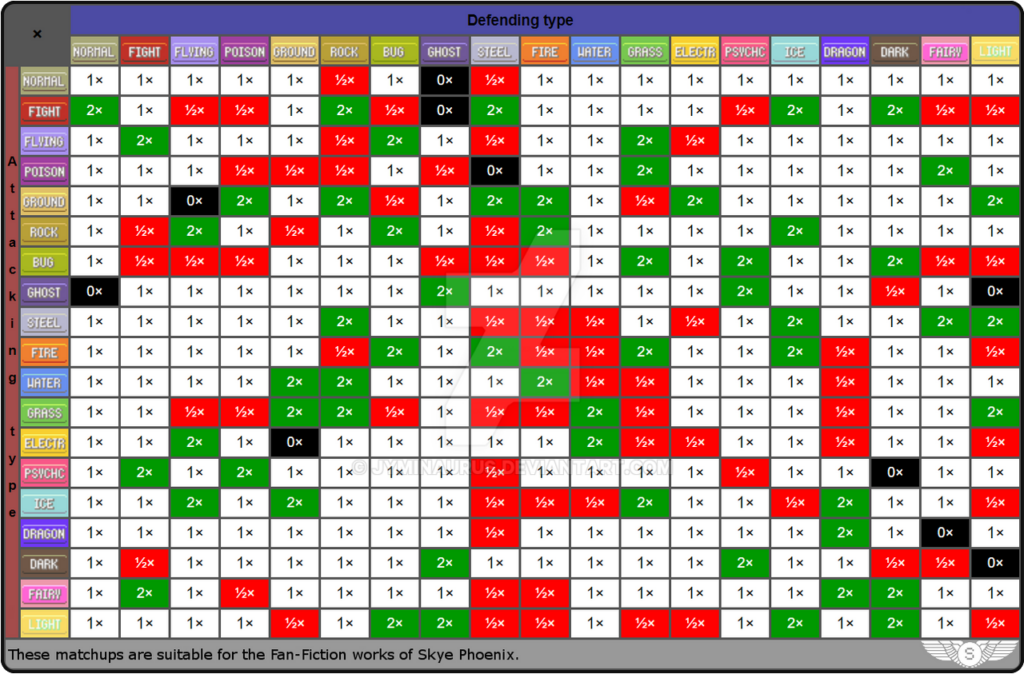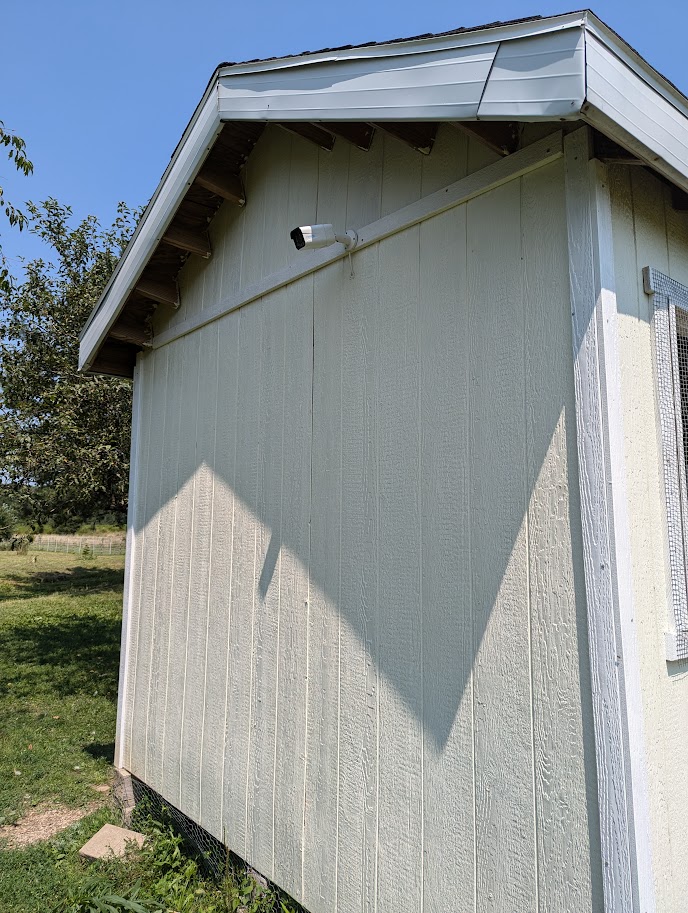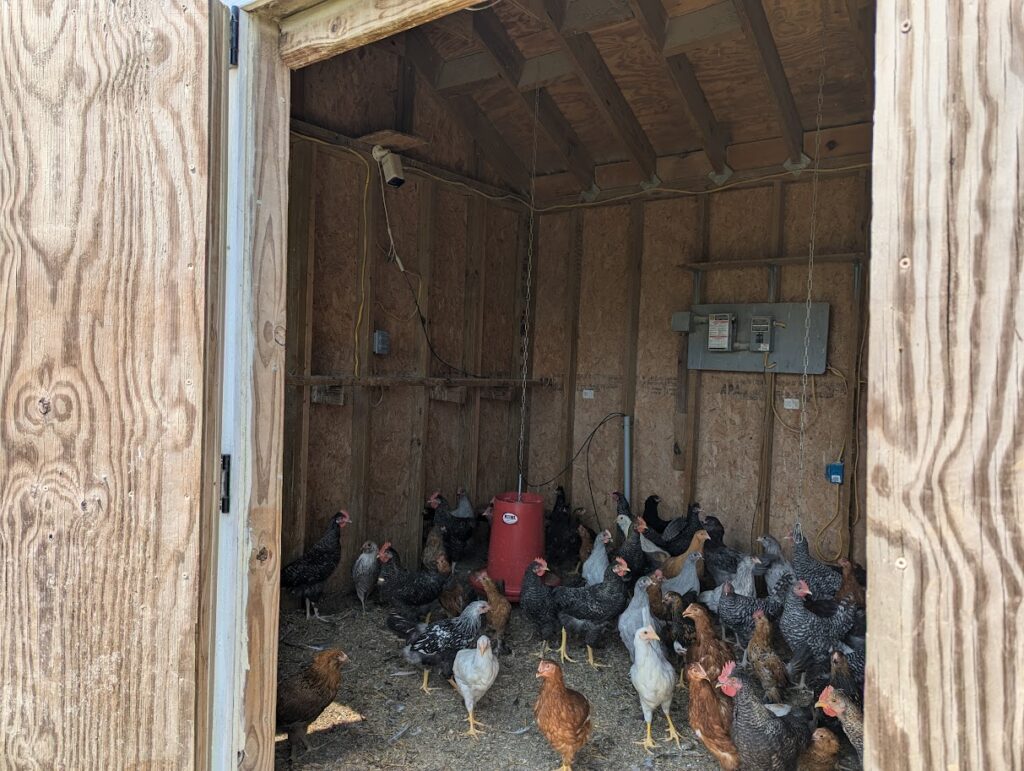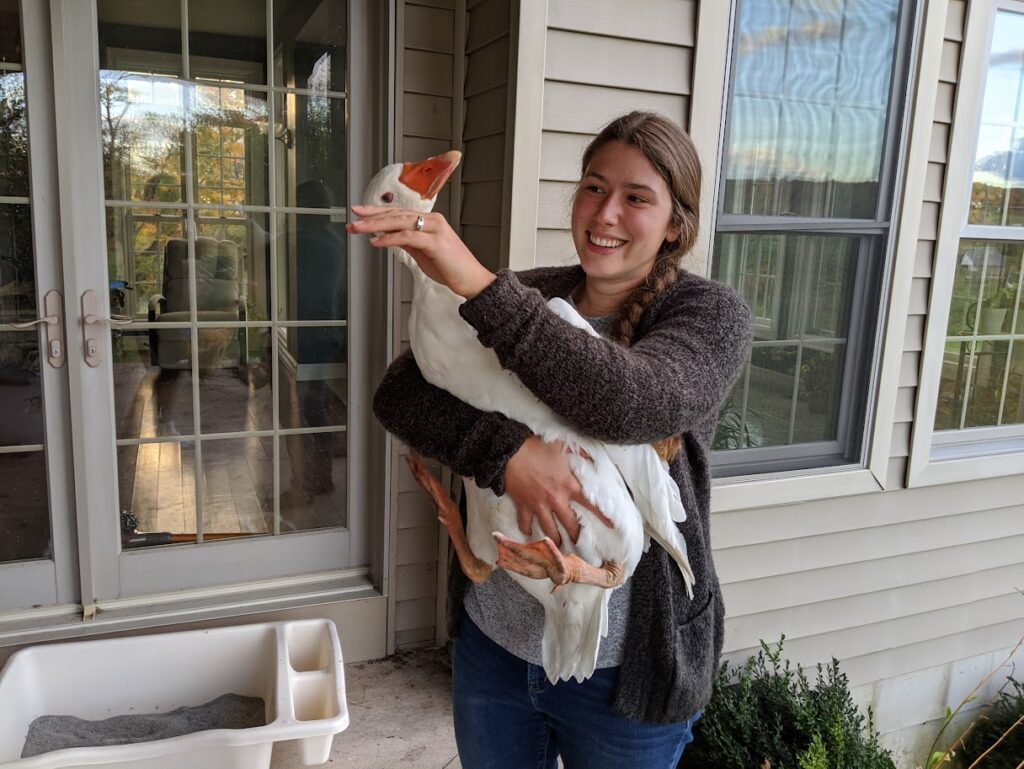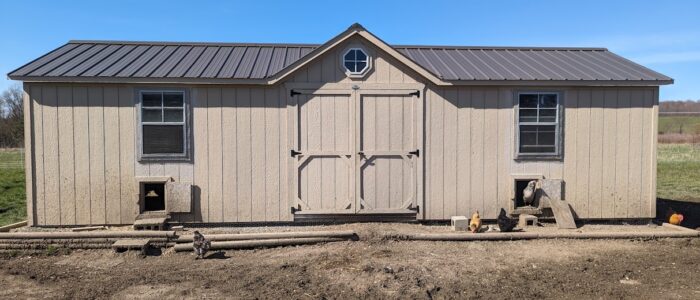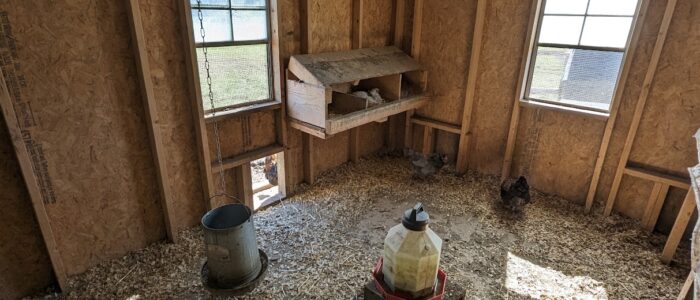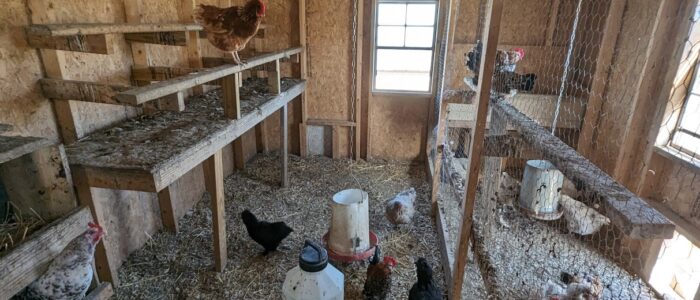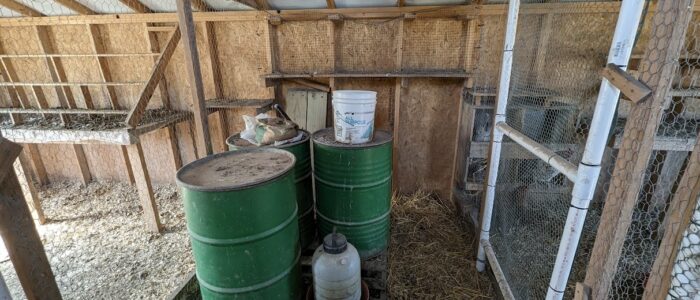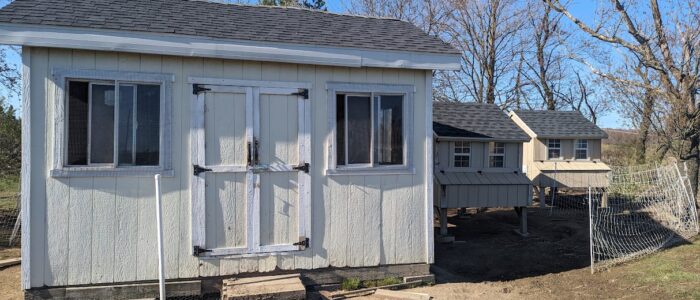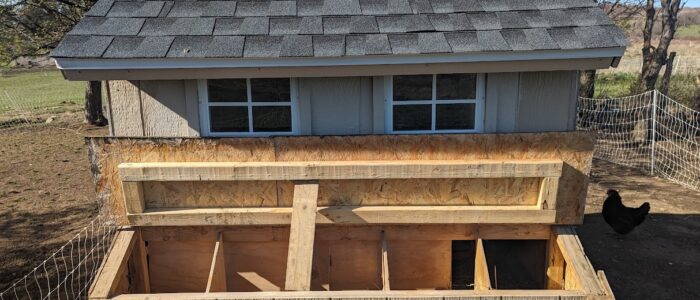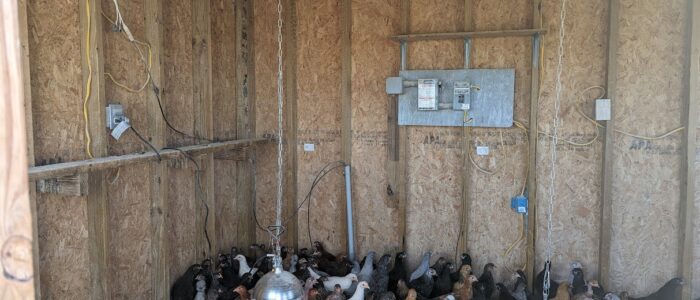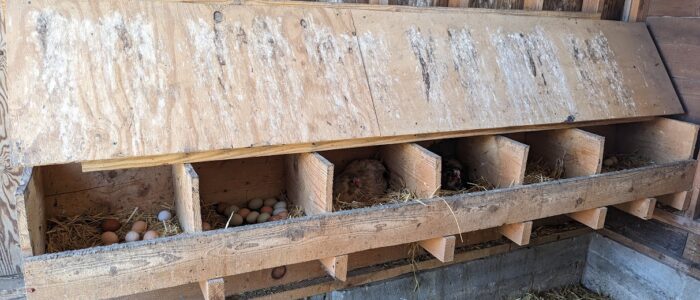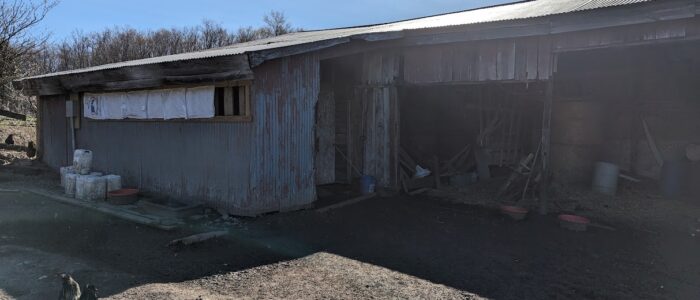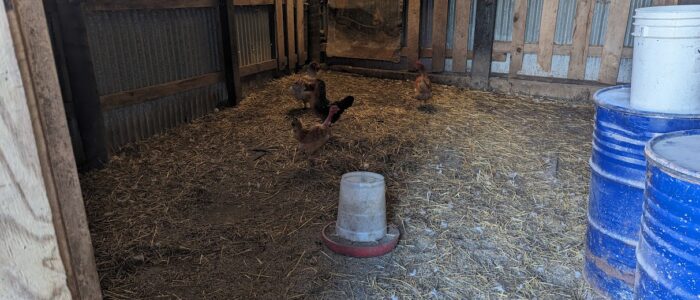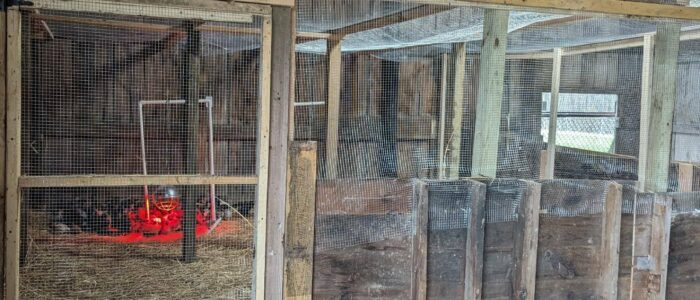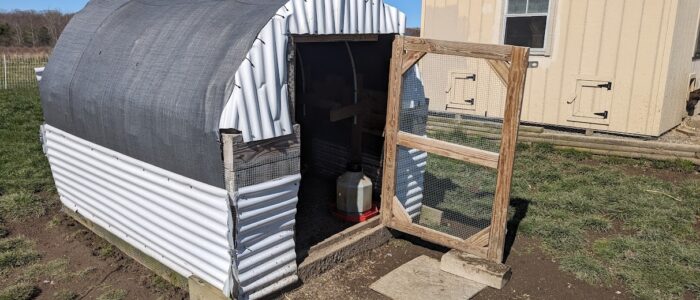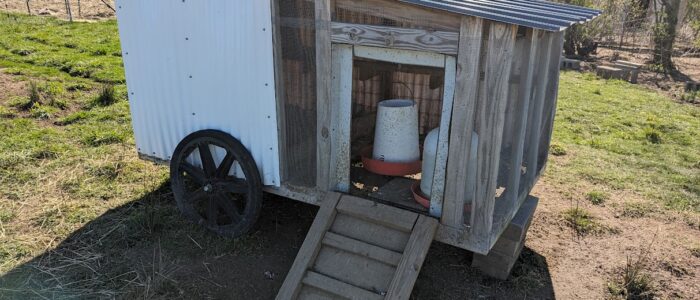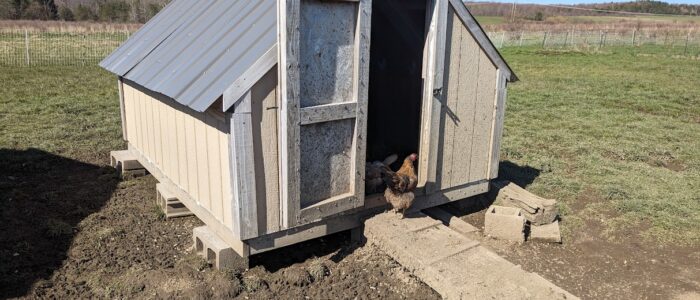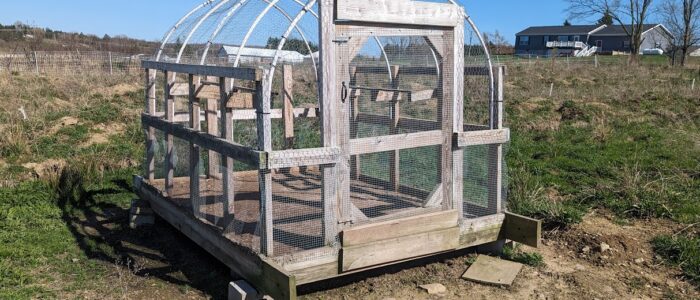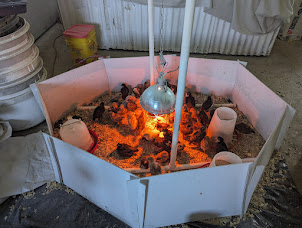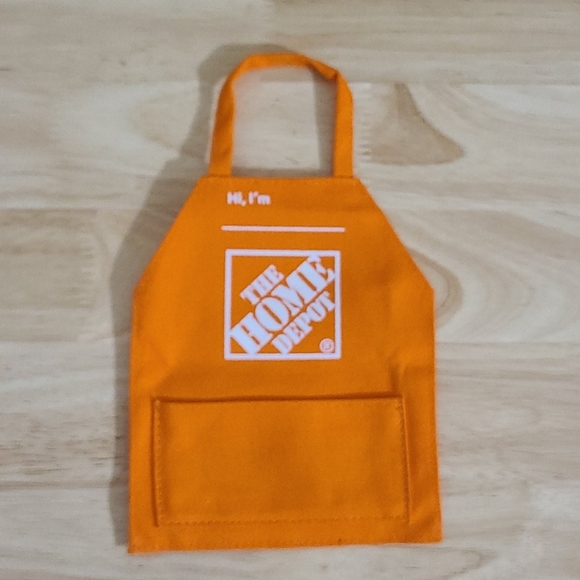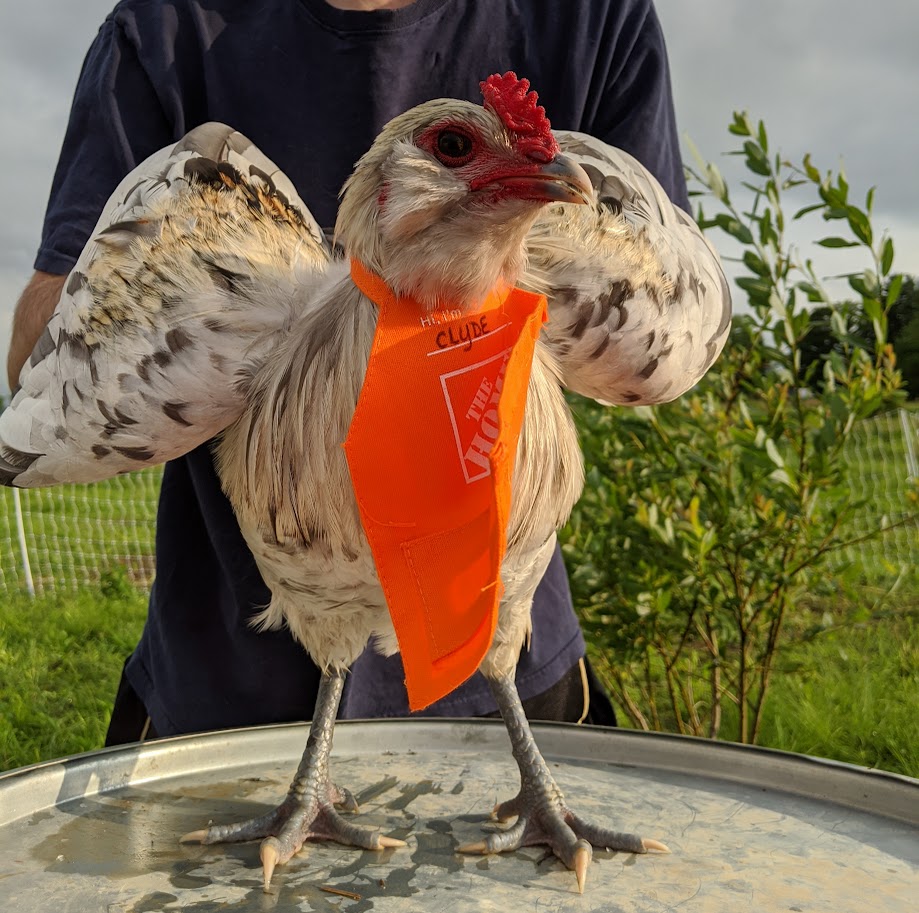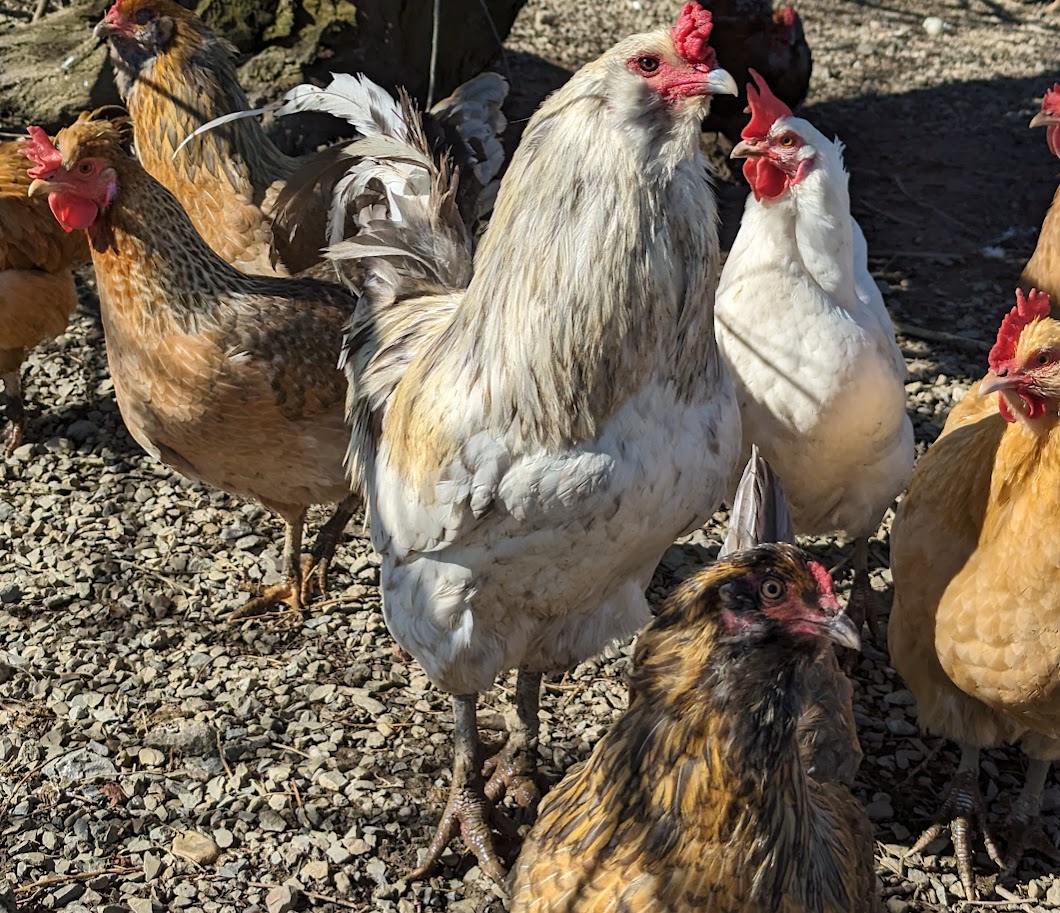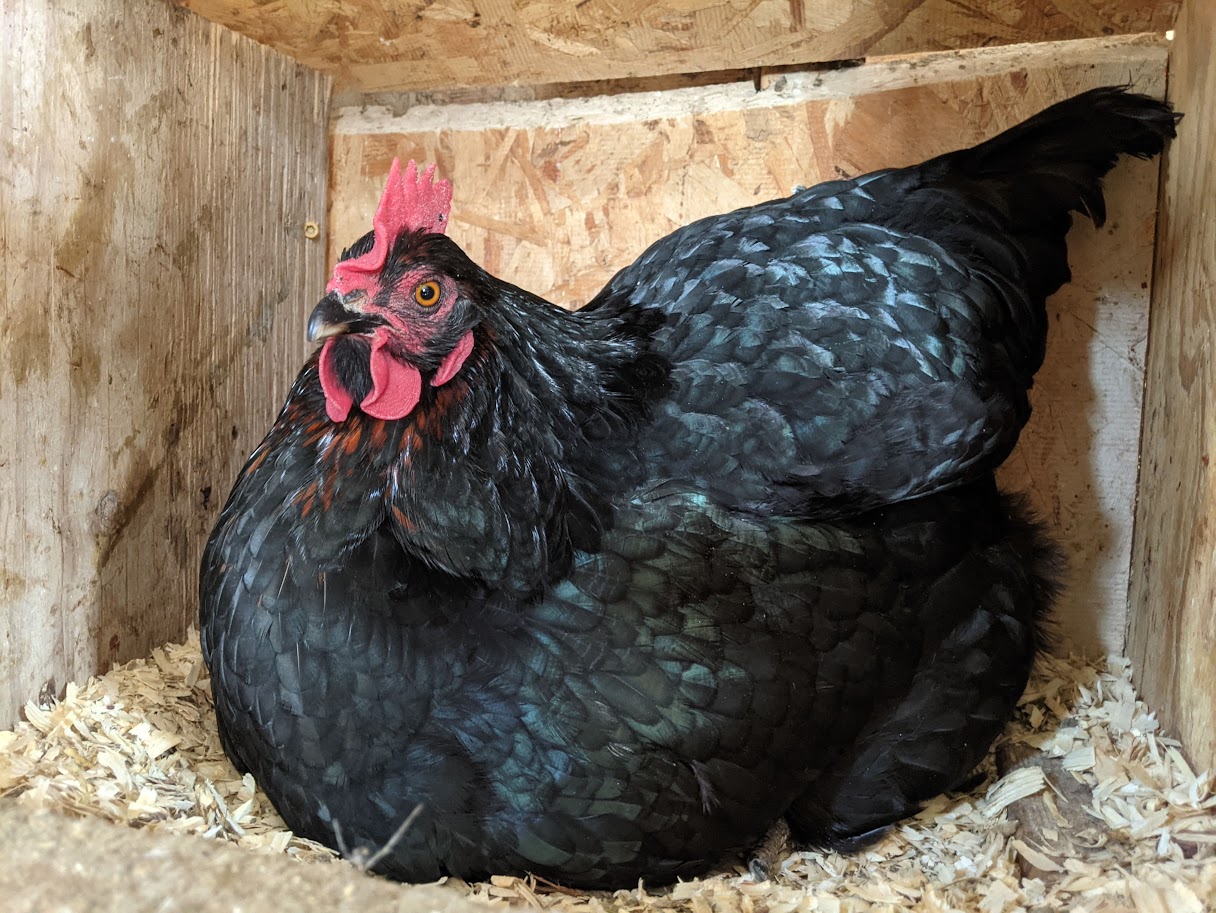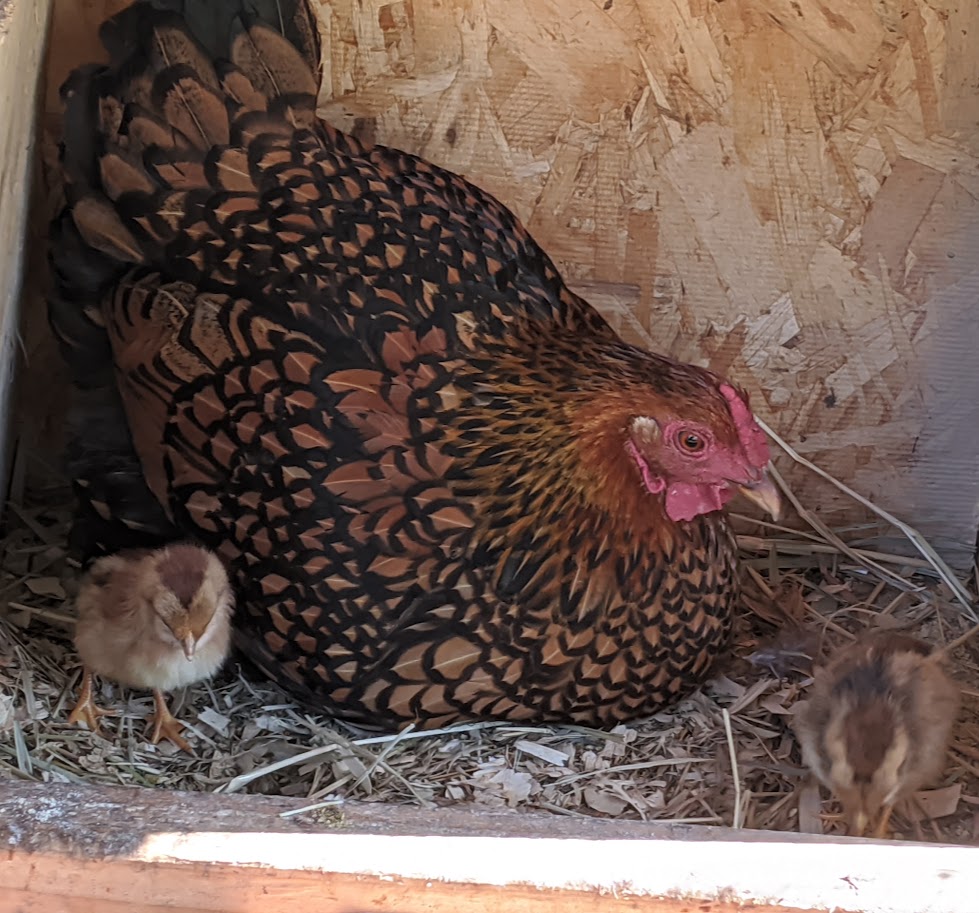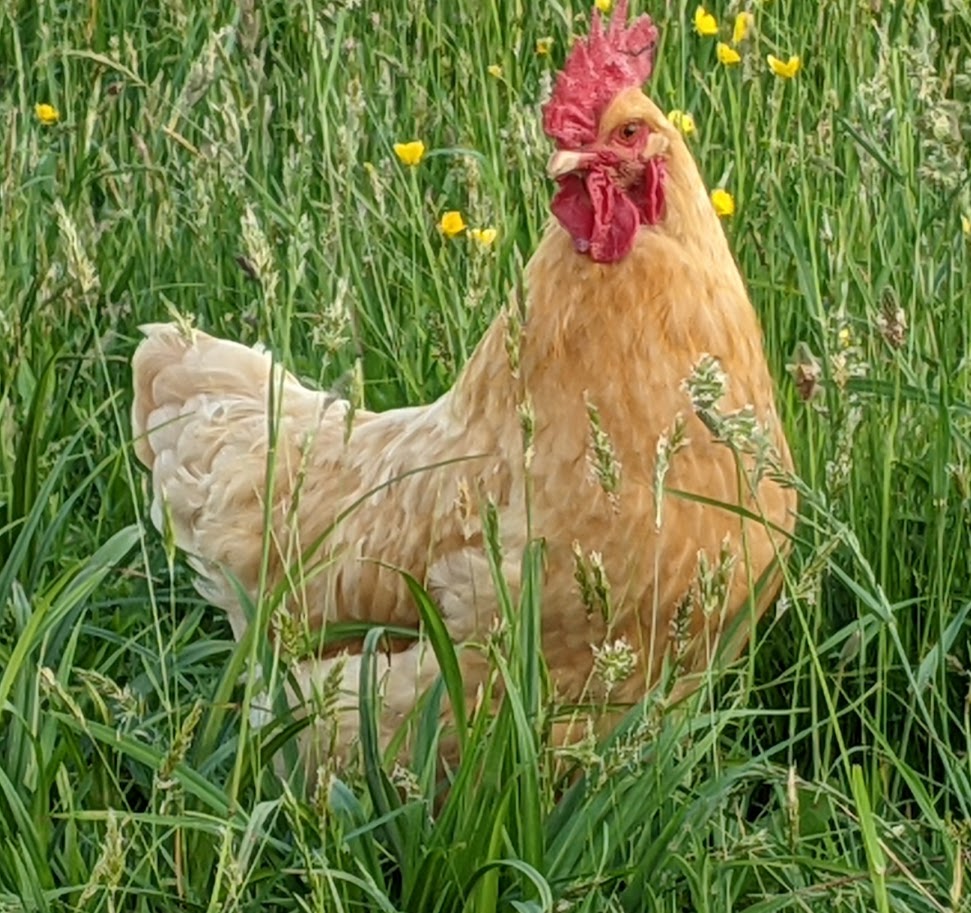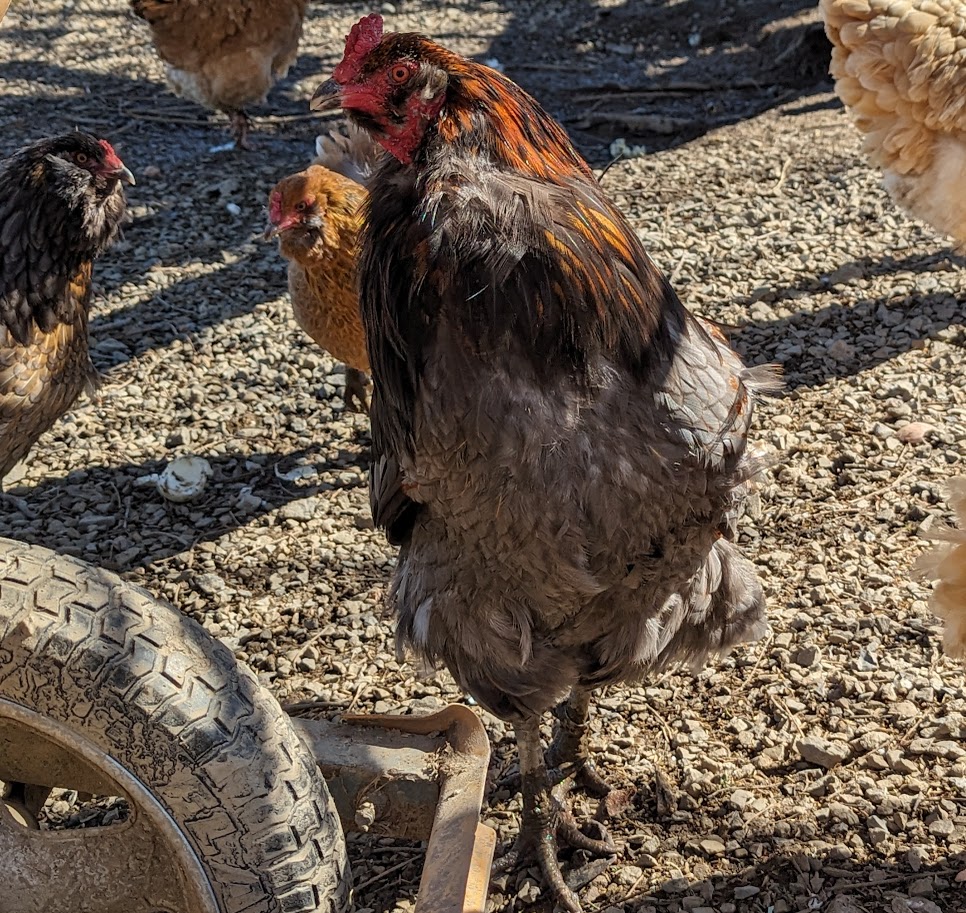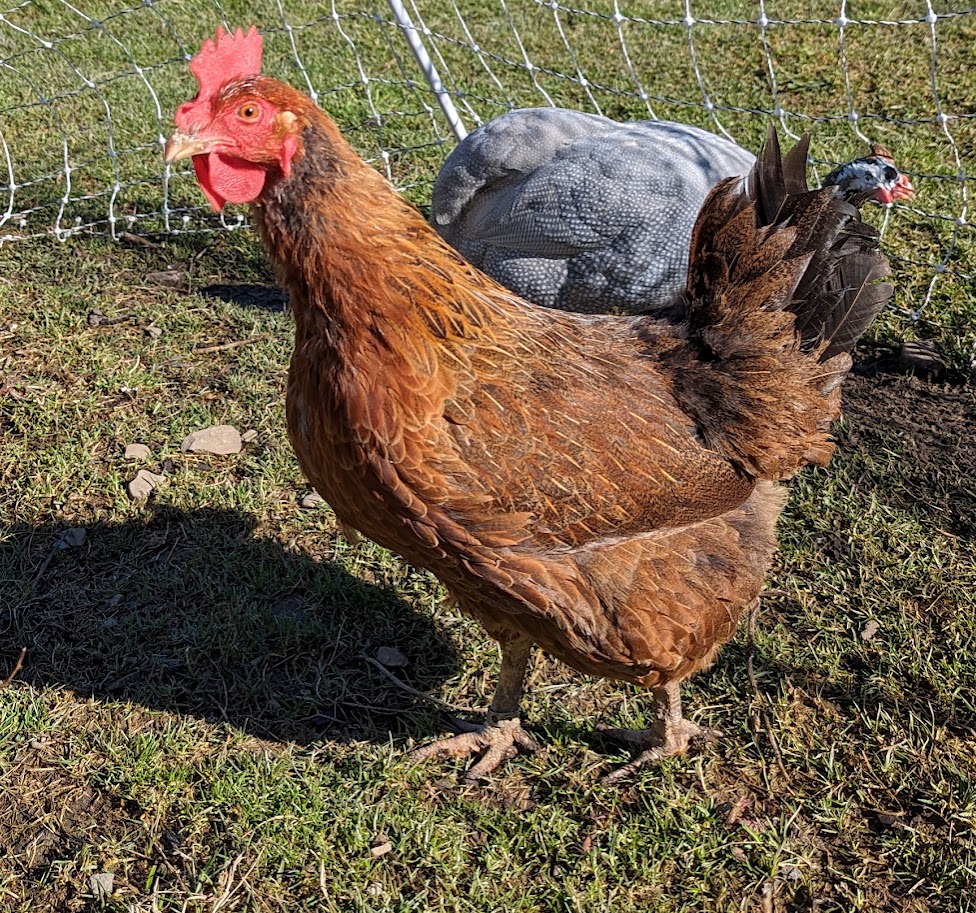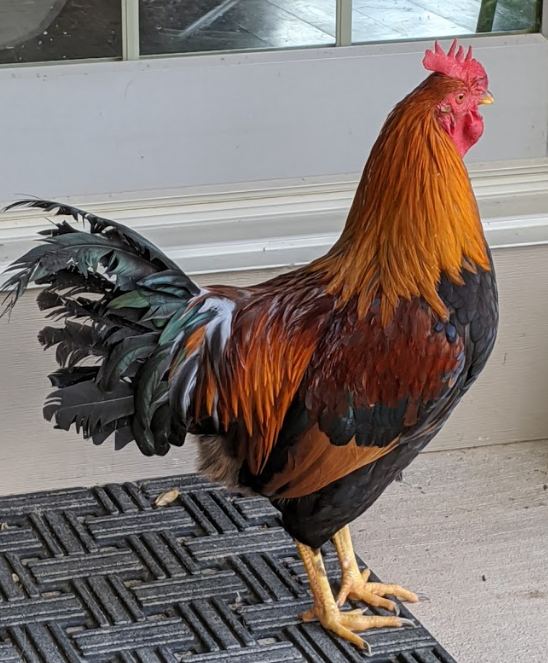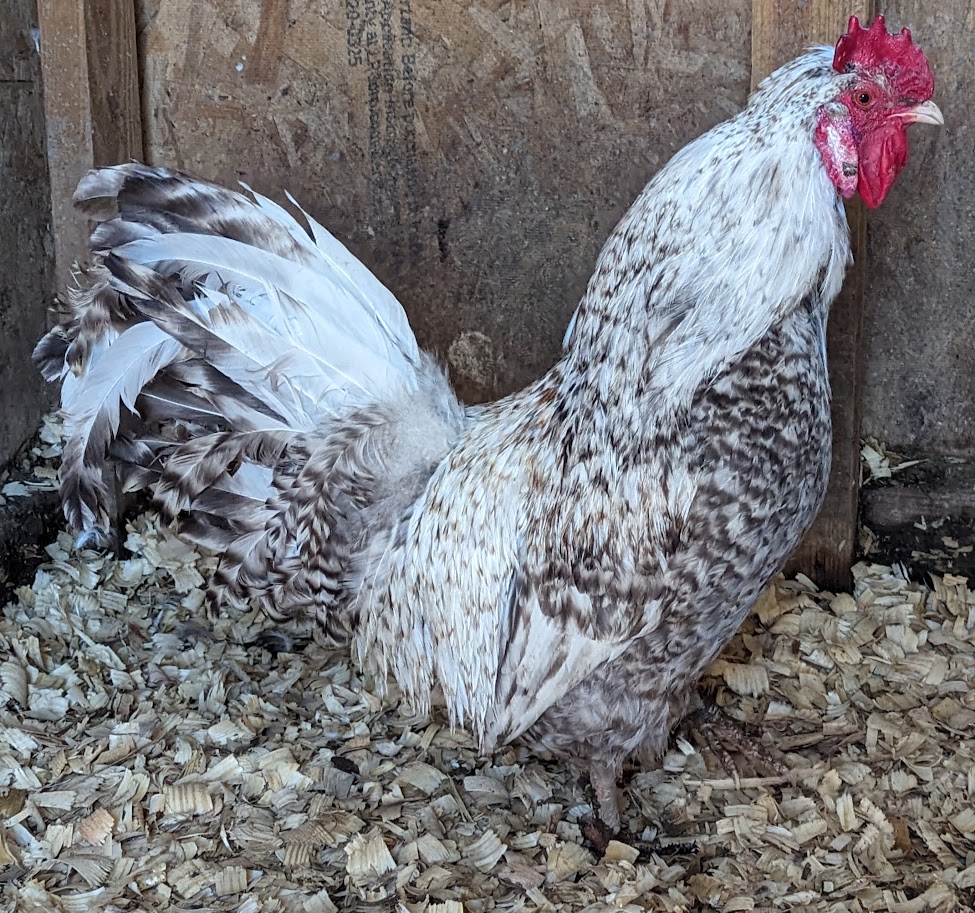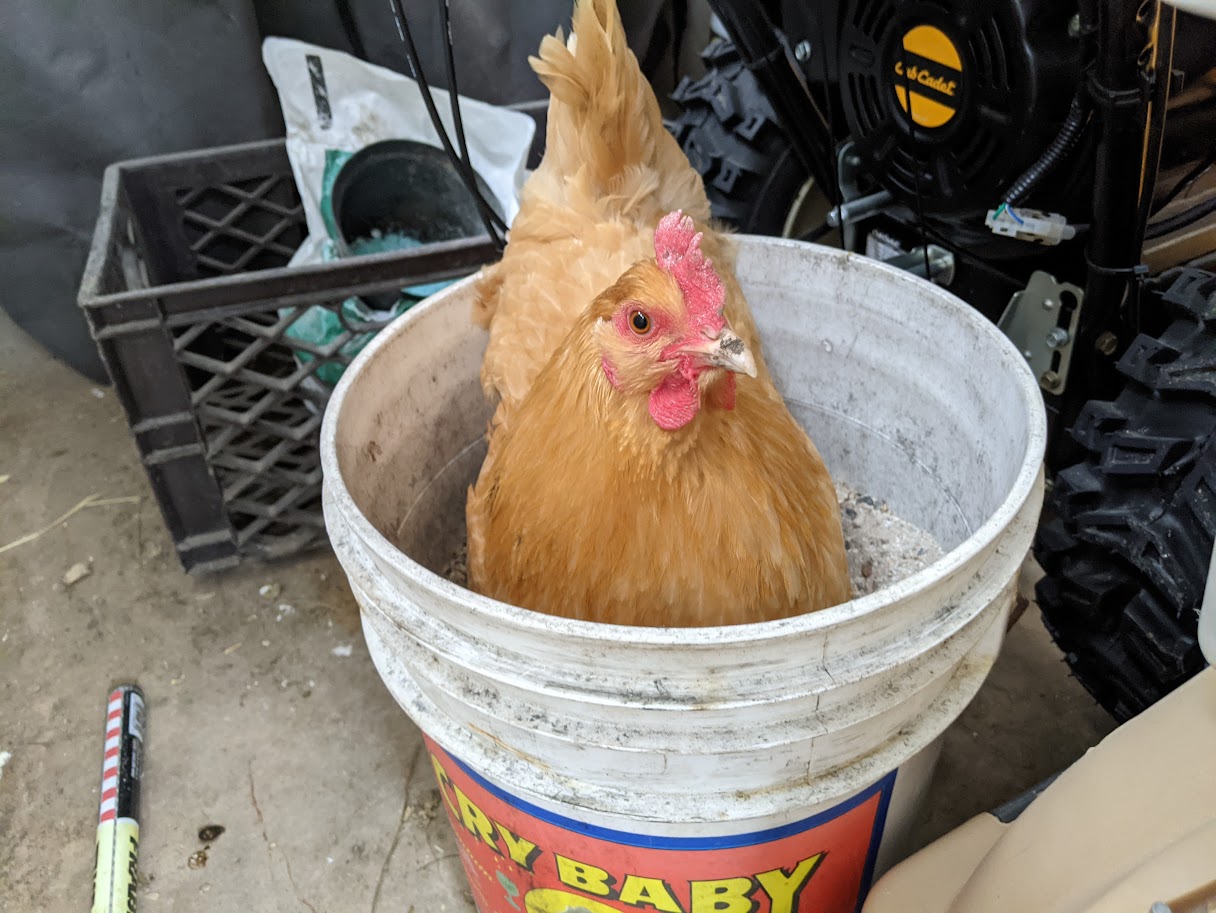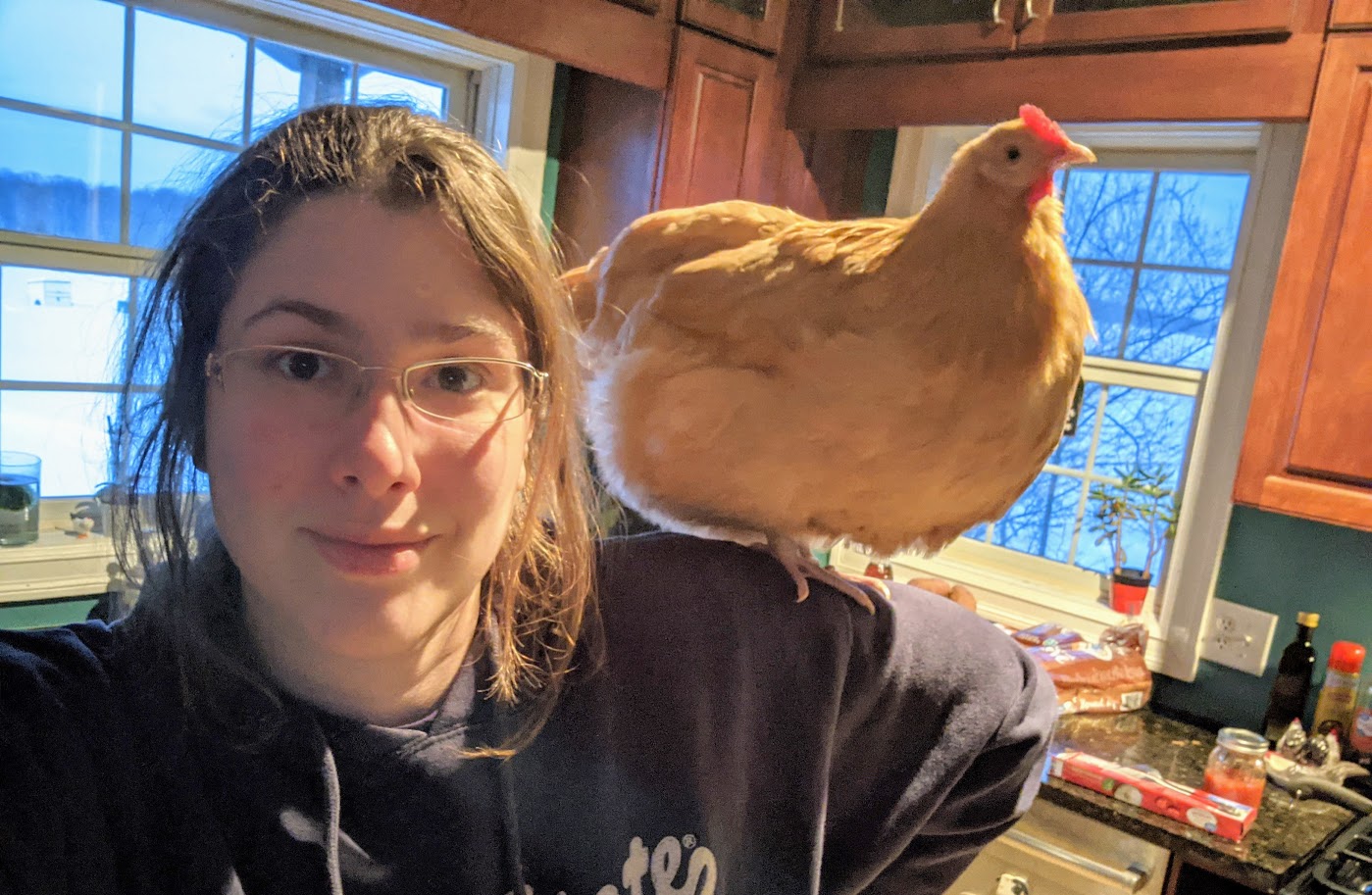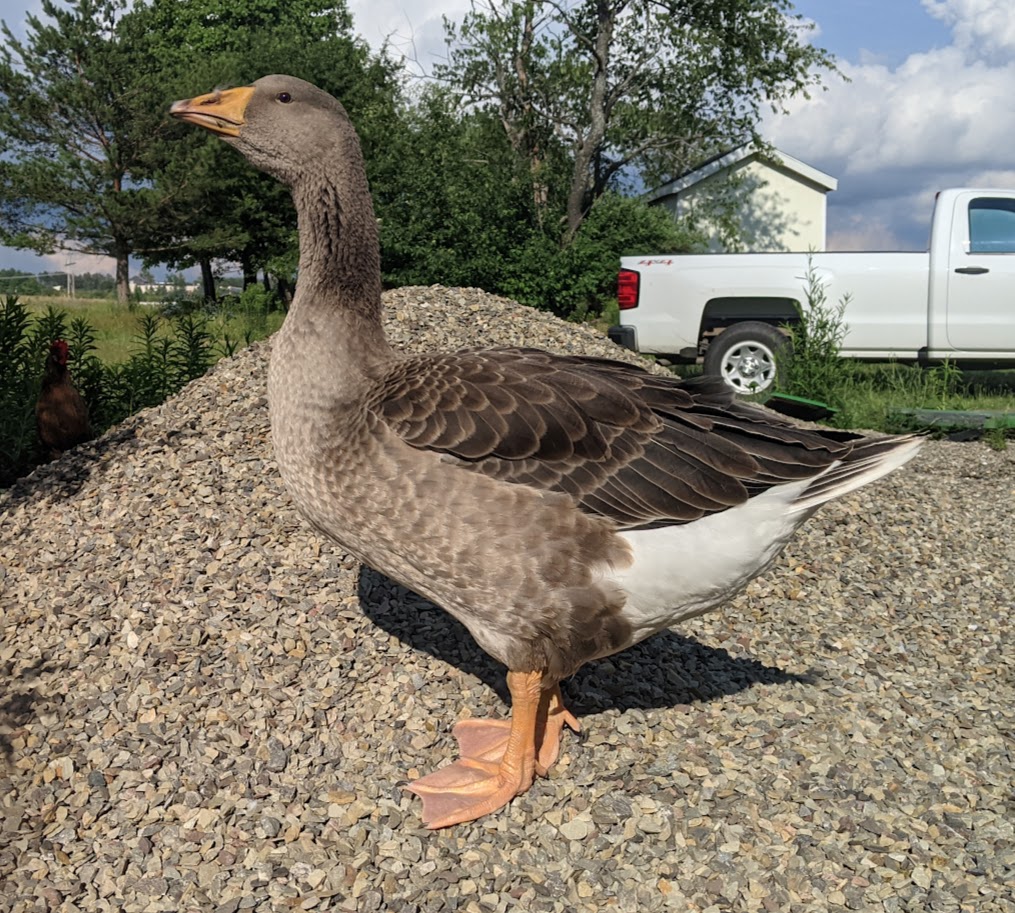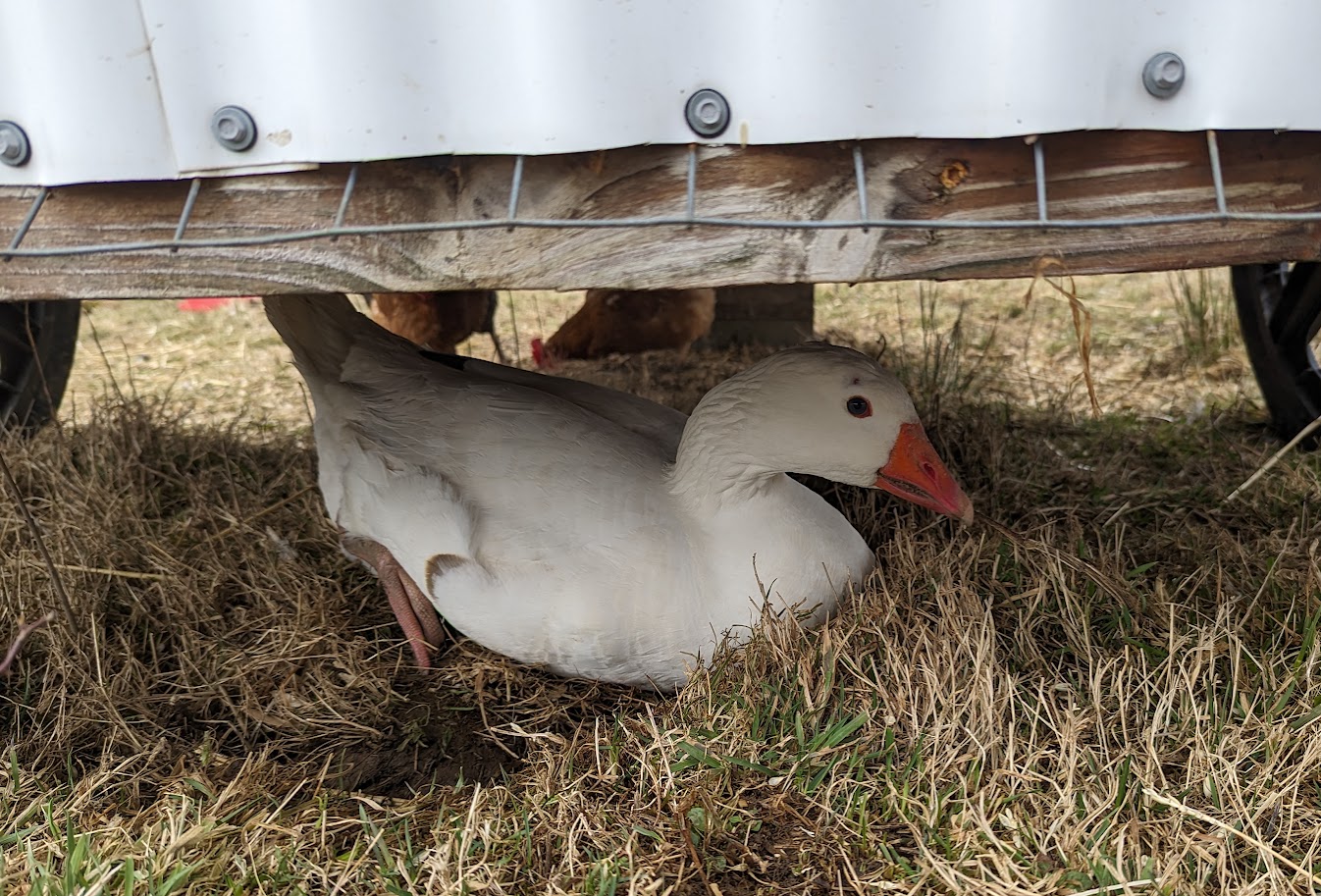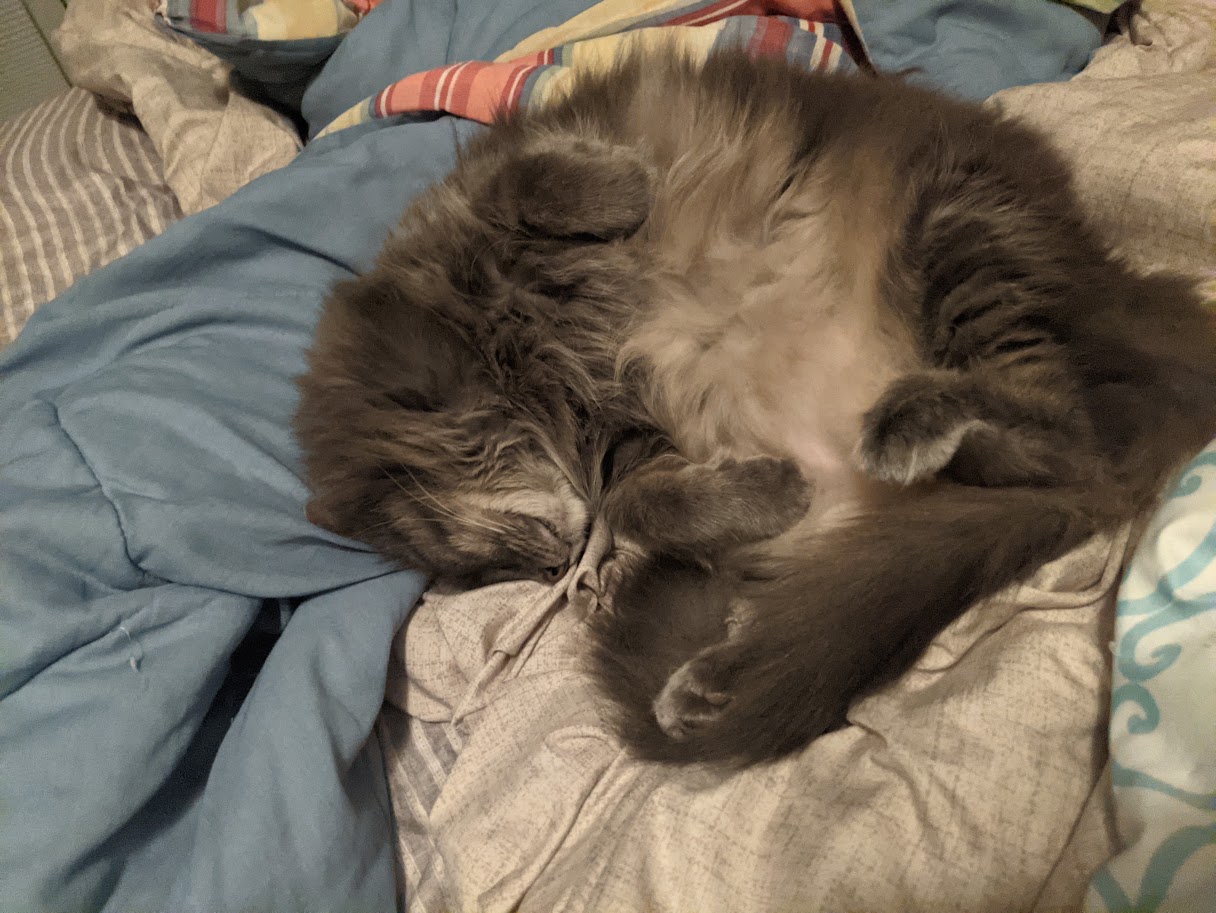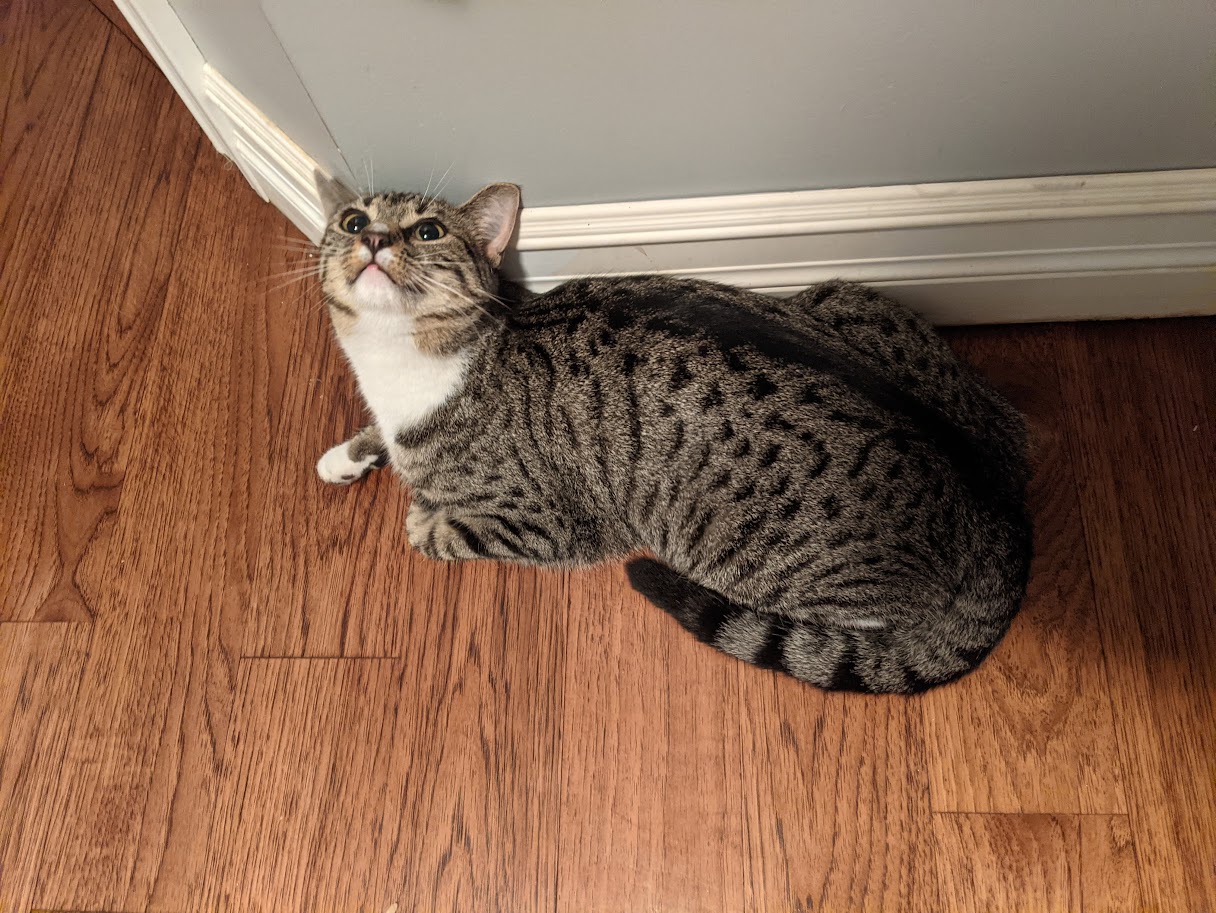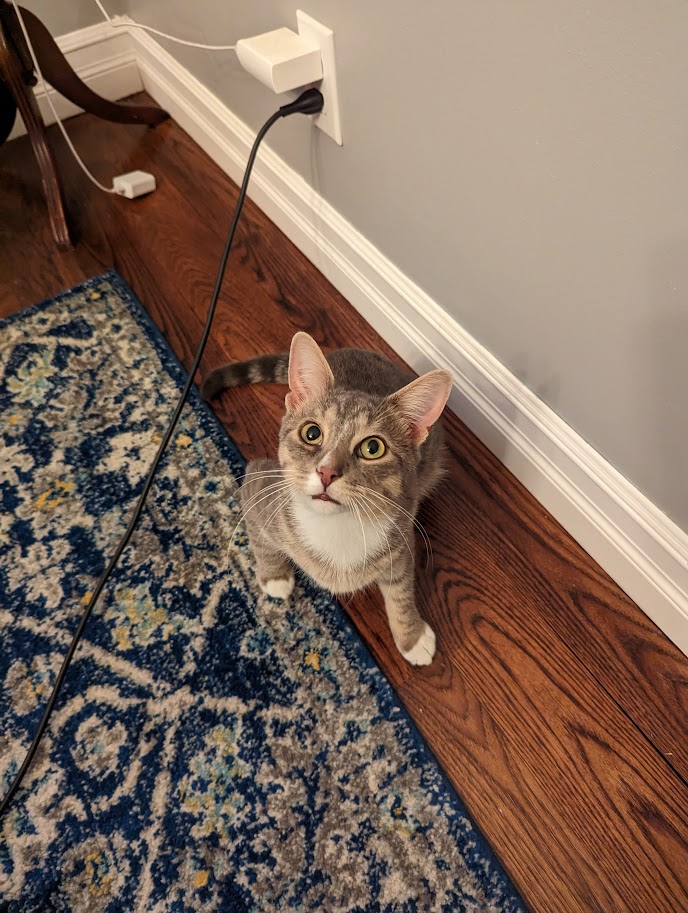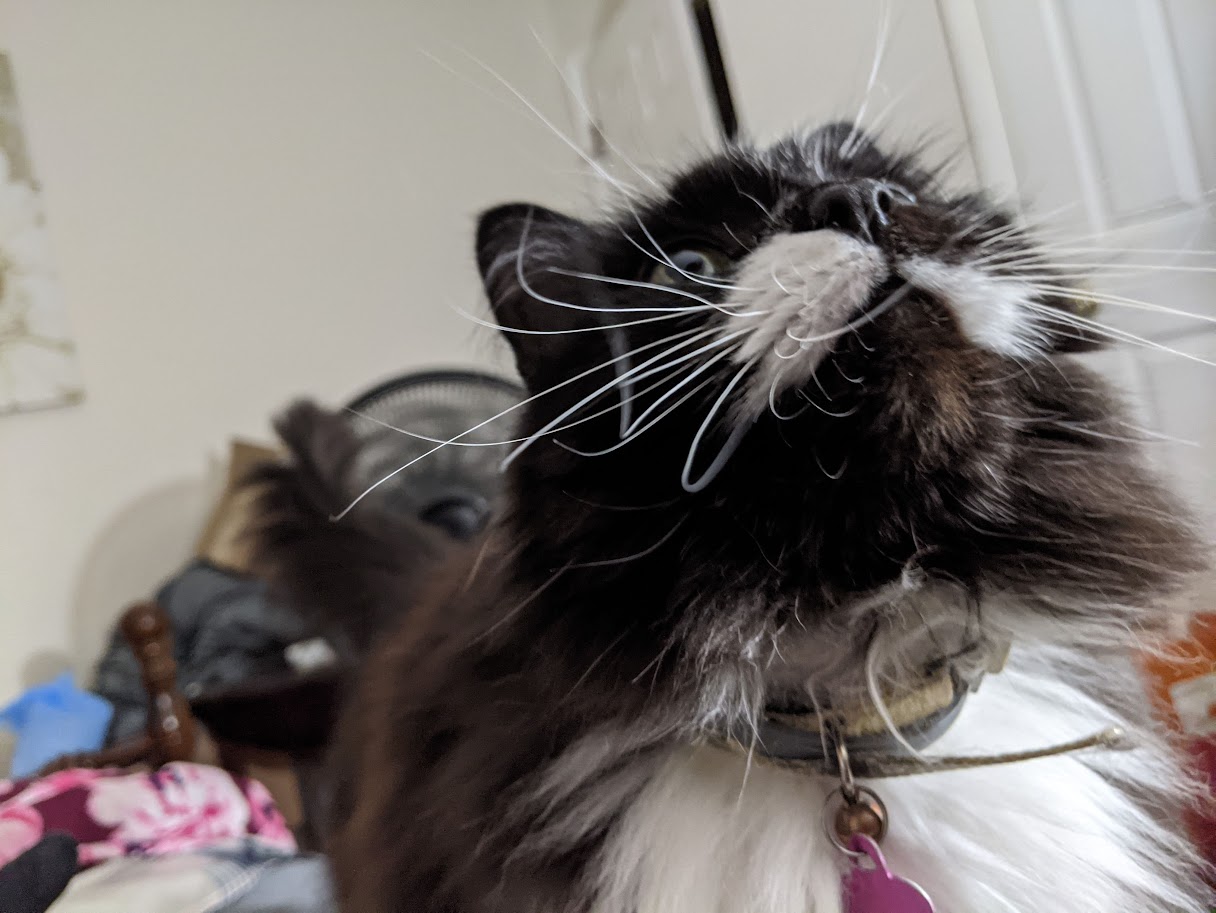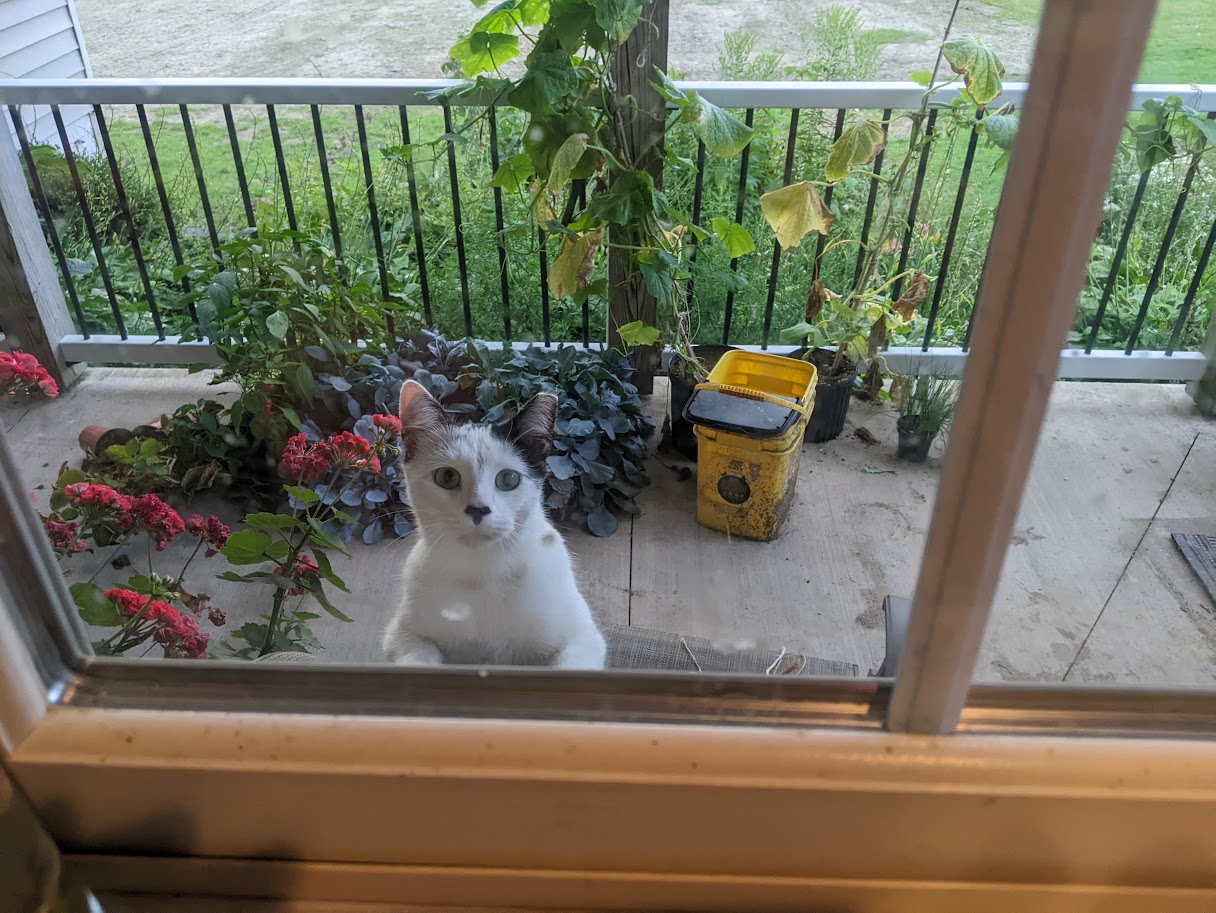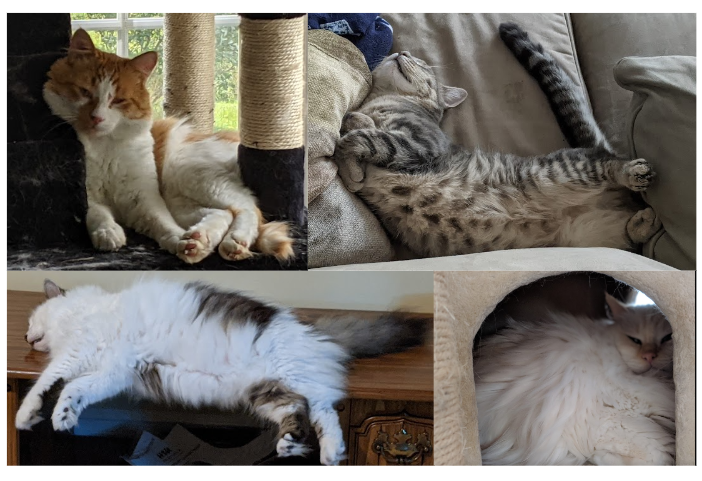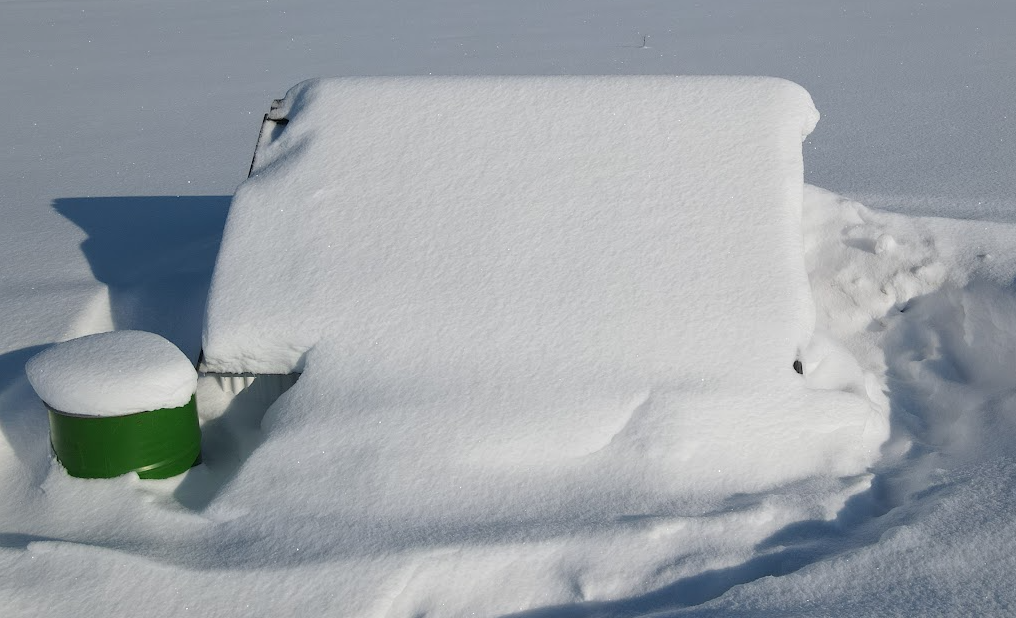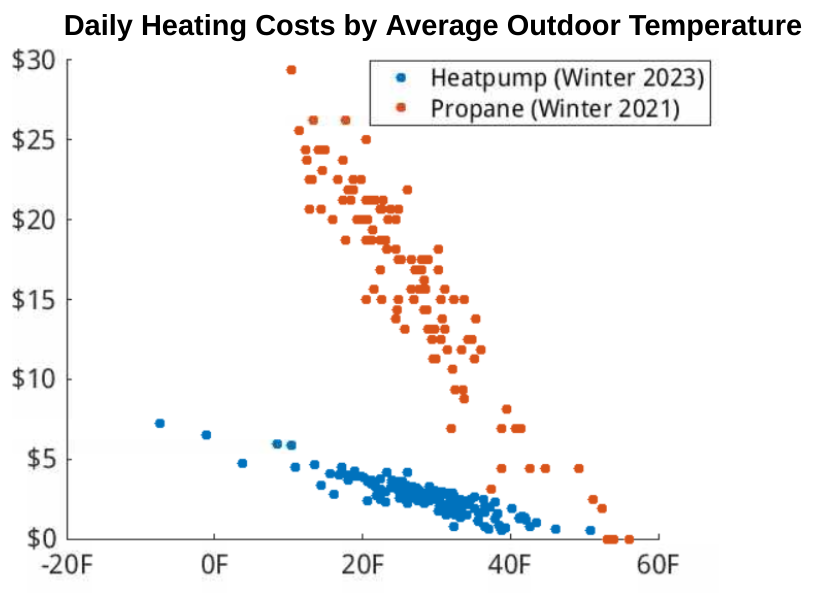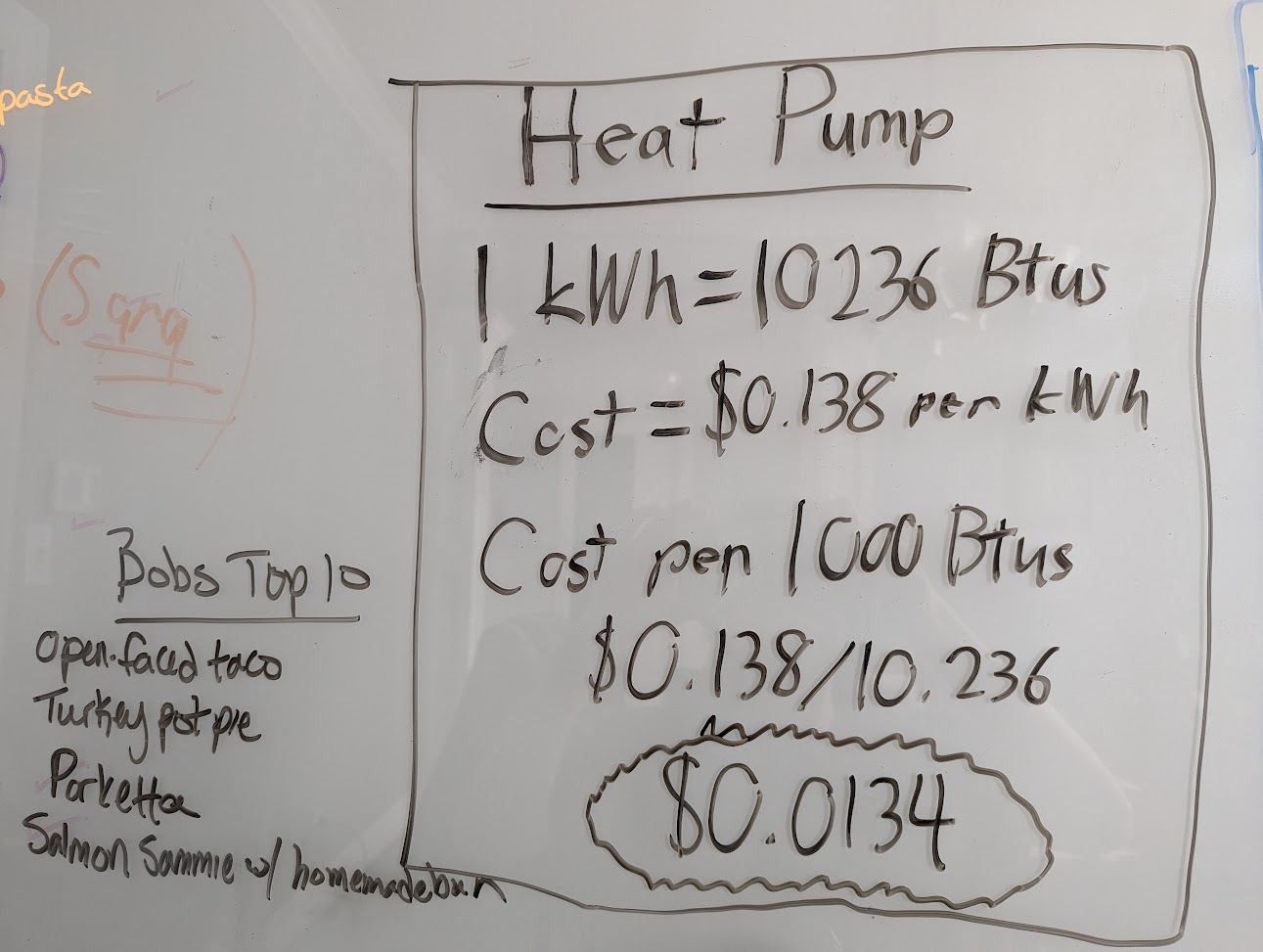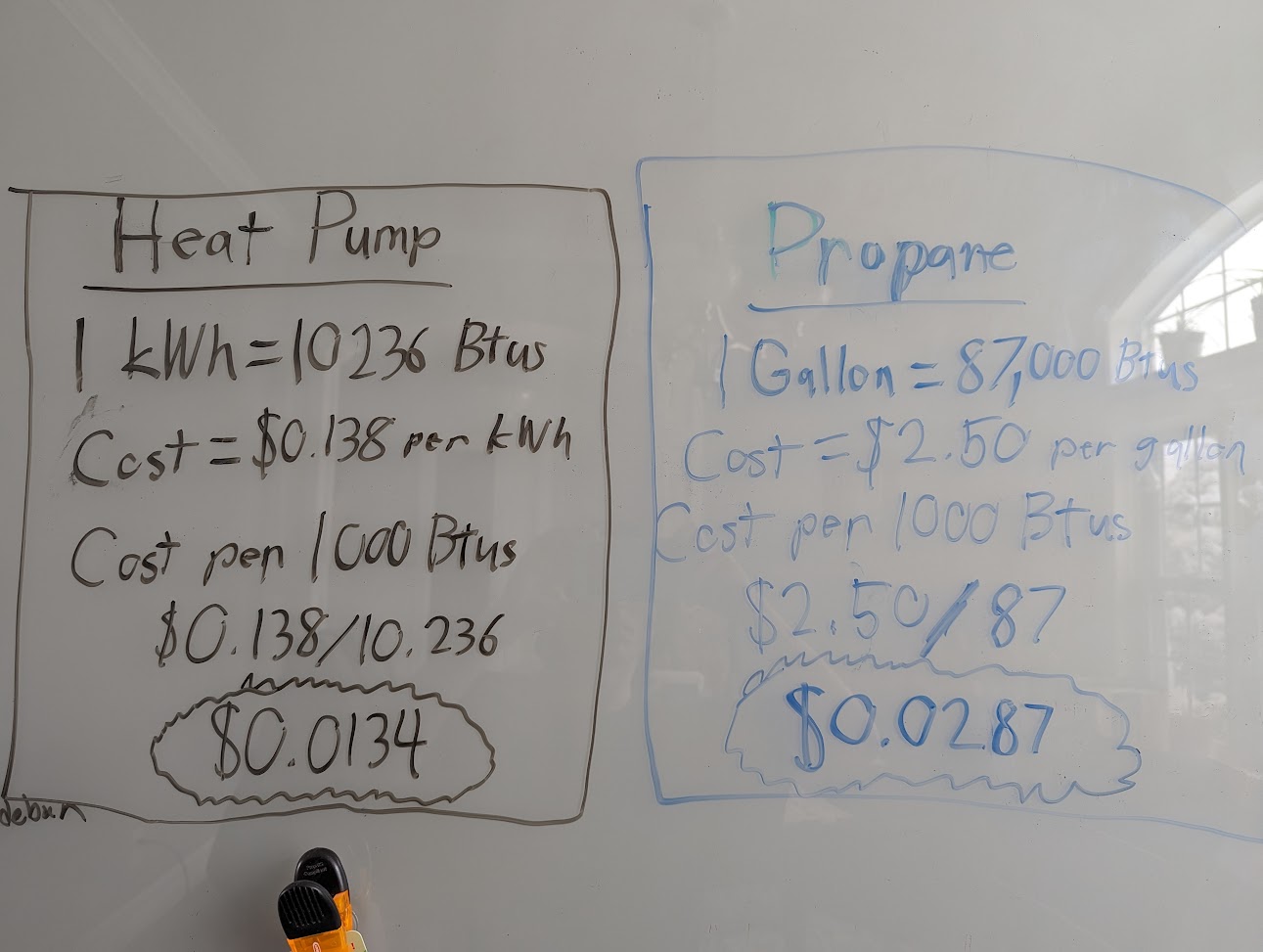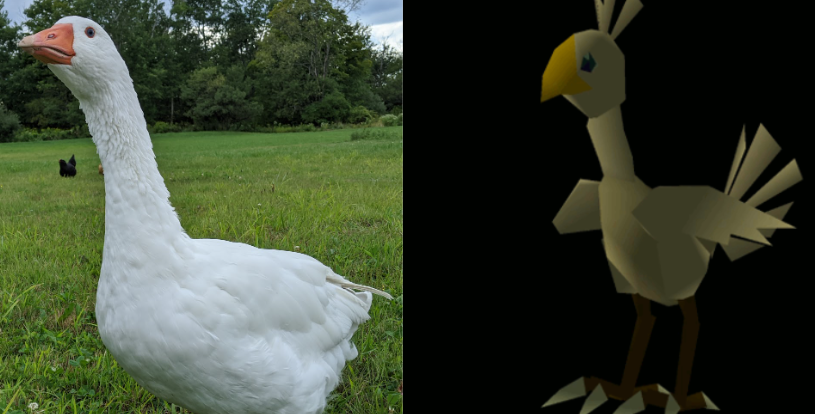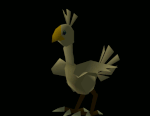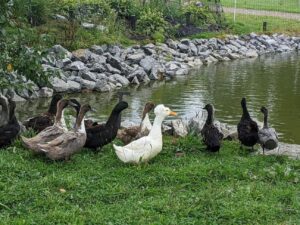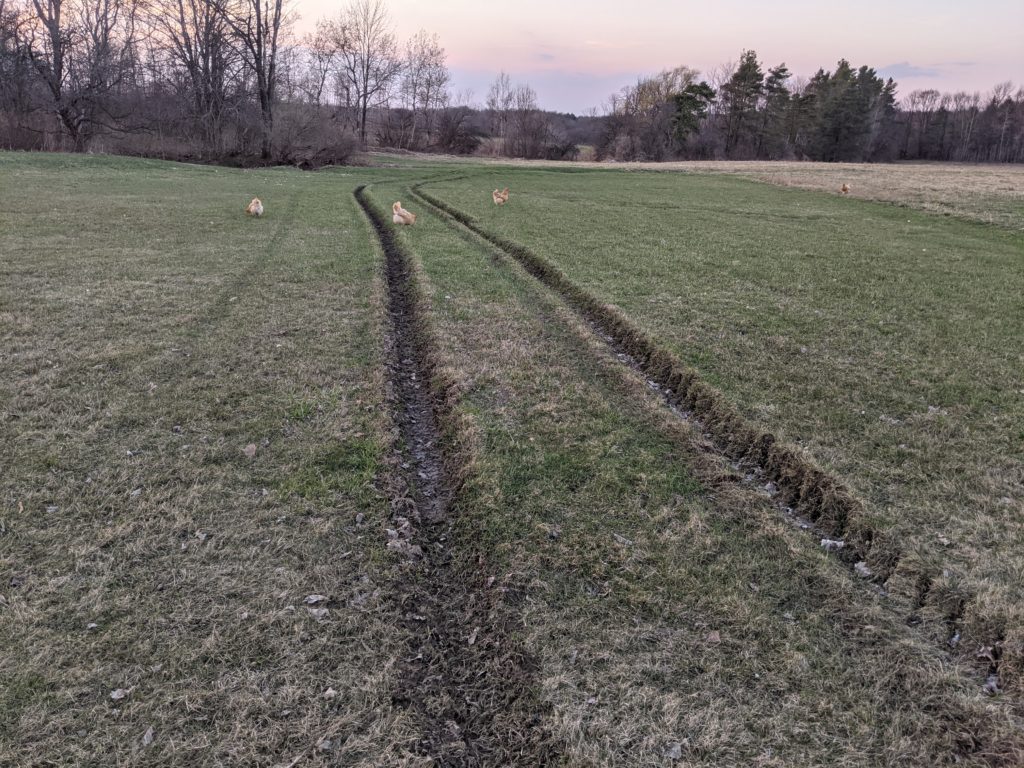Who’s that Pokemon?!

Of course, I do not need to answer that question for you because you know who that Pokemon is. And you know exactly who that Pokemon is because, as much as we hate to acknowledge it, advertising works! When I was four years old my parents, through some form of advertising, were made aware of the Pokemon Red/Blue for the Gameboy and bought me and my brother a copy to keep us distracted for a few months. This in turn led us to watch the Pokemon show every Saturday. Watching the Pokemon show led us to getting the new Pokemon games in the series. Getting the new games in the series led us to getting the Pokemon Trading Card video game. Playing the Pokemon Trading Card video game led us to getting packs of Pokemon trading cards. Owning Pokemon cards helped us keep up with new Pokemon additions. Keeping up with new Pokemon additions required us to buy new Pokemon games. Now I am a 32 year old man who can probably name 800+ random anime creatures along with their base stats and types. Meanwhile, the Pokemon company continues to churn out a stale product that fails to evolve (pun intended) beyond its dated 28 year old design, raking in $10 billion a year off of nostalgia and name-recognition. Advertising works folks.
This positive feedback of financial success by doing the bare minimum is the dream scenario of any self-respecting startup company, and Snowy Brook Farm is no exception. Unfortunately, our company has struggled with both “financial success” and “doing the bare minimum”. While we can’t do much to change the cost of feed or the level of effort Amy puts into her craft, we can work on advertising our brand, so that once the populace realizes that there is a big chicken-shaped hole in their heart, they come fill that hole with a Snowy Brook chicken! The boss here categorizes advertising as a Tier B skillset (other Tier B skills include: running a website, restarting routers, scooping cat litter), so it fell to me, the simple farmhand, to get the Snowy Brook brand recognition at the same level as a Pikachu. Let’s take a look at some of the progress I’ve made so far.
The Official Logo Of Snowy Brook Farm
Behold! Through tiresome minutes of trial and error and multiple email accounts, I have created (using AI built upon the backs of millions of unthanked artists) the Official Logo of Snowy Brook Farm: A Buff Orpington, one of the most popular and obese breeds raised at our farm, looking out upon a snowy creek. Its single, conjoined mess of a foot represents the solidarity we here at Snowy Brook Farm feel towards all of our animals, regardless of their outer appearances or anomalies. Though the Official Logo of Snowy Brook Farm is not currently used on any of our current labels, I have been told by the boss that once our revenue stream becomes so large that color ink becomes a trivial cost, we will “consider” adapting “some form of the logo” for “potential use” on “certain products in the future”.
30 Second Commercials
We had a chicken named George. He was not a good looking chicken. But as the official marketer of Snowy Brook Farm, it was my job to make other people want a chicken named George. Now, my life is a neverending cascade of accolades, but even still… this is Top 10 Zach material right here.
Okay, I’m sure most of the focus is on that pandering 1960s(?) theme song nostalgia, but personally my favorite part was the slogan at the end. “The friend you never knew you wanted is waiting for you”. This is a winning message. Despite their incredibly small brains, I’ve come to conclude that chickens do have distinct personality traits. Advertising this concept is a great way to show someone who has never thought of a chicken as anything other than a source of cholesterol that there might actually be more to these rambunctious feather clumps, and introduce them to a potential sidekick they otherwise would have never wanted. One day when I’m not scooping cat poop, I’d like to make these short videos for different chickens, advertising different characteristics in each one.
And a little sprinkle of Bribery

Let’s face it, we’re a small farm that sells a niche product. Making cute 30 second videos or running a small blog on a website someone stumbled across while mistyping “Stony Brook” is good, honest work, but ultimately the biggest hurdle our company faces is being discovered in the first place. And for that, we are mostly at the mercy of Google. When a person types in “i wAnT chiCKenZ now”, our best chance for business is popping up on either the search feed or Google maps. And to do that, we need reviews! So if you’re a customer and you find yourself reading this blog post with no immediate plans for the 1 minute and 27 seconds of your time, it would mean the world to us if you could take a moment to leave us a review on Google. But I’m not naive. Humans require motivation! Behold, the ultimate motivator
Everyone who has ever submitted a Google review (regardless of score) will have their name added to The Wheel of Pie! Once a year (November), we will publicly spin The Wheel of Pie, and the winner will receive a free pie, baked by the boss herself! You get pie. We get customers. Amy gets an excuse to bake pie. Everybody wins!
IN CONCLUSION
This is the Pokemon type chart, displaying the strengths and weaknesses of each type to different attacks. I memorized this chart when I was 5 and will likely remember it long after I’ve forgotten how to tie my shoes, because advertising works. One day I hope everyone memorizes the Snowy Brook Farm type chart. But to do that, we need your help. So leave us a review if you’re a customer! And if you’re not a customer (what the heck are you doing on this blog), go to our farm stand and buy a clove of garlic. Then tell Google how good that garlic was! If not for us, do it for the pie.
The post next month will be about how to save for retirement and the math of index funds, so savor these farm posts while they’re around. Have a good evening everyone
